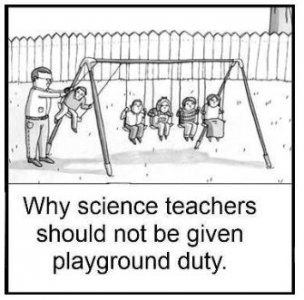- Joined
- Apr 8, 2014
- Messages
- 12
Hi all,
I made a "Newton Cradle" for my 13 year old grandson Gijs.
Gijs can put it on his desk and play with it and/or demontrate the "conservation of mechanical impuls" according to the Newton Laws during one of his physic lessons at school. Not an unique toy but Gijs can at least tell that his grandpa made it for him.
I even made a 4-page CAD plan for it in case somebody want to make this little toy himself.
See the according page on my web site:
http://ridders.nu/Webpaginas/pagina_cradle_gijs/cradle_frameset.htm
and/or the YouTube video:
https://www.youtube.com/watch?v=Zq0jzXV84hg&list=UUOWqwLEIfORZB09qQirdkag
Friendly greetings from Holland,
Jan Ridders
I made a "Newton Cradle" for my 13 year old grandson Gijs.
Gijs can put it on his desk and play with it and/or demontrate the "conservation of mechanical impuls" according to the Newton Laws during one of his physic lessons at school. Not an unique toy but Gijs can at least tell that his grandpa made it for him.
I even made a 4-page CAD plan for it in case somebody want to make this little toy himself.
See the according page on my web site:
http://ridders.nu/Webpaginas/pagina_cradle_gijs/cradle_frameset.htm
and/or the YouTube video:
https://www.youtube.com/watch?v=Zq0jzXV84hg&list=UUOWqwLEIfORZB09qQirdkag
Friendly greetings from Holland,
Jan Ridders

